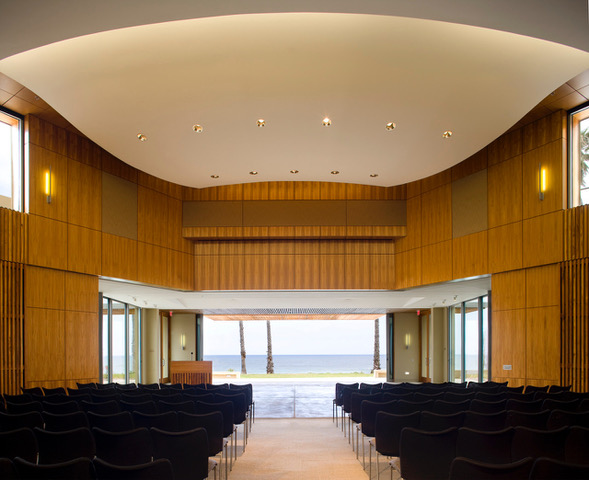
Institutional Seminar Series
(in person)
Thursday, January 19th, 2023
at Scripps Seaside Forum Auditorium
11 a.m. Talks begin w/ Q&A
Pizza to be served after
-------------------------
TITLE: Climate impacts on marine fish populations: from microscale to macroscale
ABSTRACT: Ocean food webs can simplistically be divided into food chains in the upper waters (pelagic) and food chains at or near the seafloor (benthic). Different types of fish act as top predators in each of these food chains and the source of energy at the base of both food chains is microscopic marine plants, called phytoplankton, that live in the pelagic. In pelagic food chains, phytoplankton are eaten by zooplankton (animals) and then by fish, whereas in benthic food chains, the phytoplankton sink, are eaten by benthic invertebrates like shellfish, then eaten by fish. Large-scale regional differences in fisheries production is predominantly controlled by the availability of zooplankton and benthic invertebrates, which have a complex relationship with phytoplankton production. We constructed a simulation model to investigate how cross-ecosystem differences in the biological (e.g. prey) and physical (e.g temperature) environment determine fish productivity and food web structure. The model simulates three broad types of fish: small pelagic, large pelagic, and benthic fishes. The model includes predator-prey interactions, basic life cycle transitions, and physiology like consumption, metabolism, and reproduction. By applying the model to the contemporary global ocean, we learned how temperature and prey account for the different structures of fish food webs that we observe. By using the model with climate change projections, we found changes in ecosystems exemplified by shifts from benthic-based food webs towards pelagic-based ones comprised of small pelagic rather than large pelagic fish. This model is a robust, mechanistic tool being used by my research group at SIO and colleagues at other institutions to understand, quantify, and predict global fish biomass, as well as identify gaps in our knowledge.
BIO: Dr. Petrik's background is in biological oceanography and ecology, quantitatively rooted in mathematics and physics. She is interested in understanding how the physical marine environment affects the ecology of zooplankton and harvested fish and invertebrate species. Additionally, she explores the implications of climate variability and climate change on these relationships. Dr. Petrik uses coupled numerical models that relate the physiology and behavior of individuals to population and ecosystem dynamics. The goal of her research is to understand the fundamental biological-physical mechanisms controlling marine ecosystems, thereby providing a sound scientific basis to inform decisions in conservation and management. Dr. Petrik's research spans all time and space scales, from modeling how an individual fish larva feeds on one copepod, to simulating how different climate change scenarios will impact all the fish in the global ocean over the next 100 years. Dr. Petrik is currently a co-lead of the NOAA Climate Program Office's Marine Ecosystems Task Force and a co-coordinator of the Fisheries and Marine Ecosystems Model Intercomparison project.
TITLE: Zooplankton as sentinels of a changing ocean
ABSTRACT: Disentangling signals of secular climate change from intrinsic climate variability is a major scientific challenge of the present era. Because biological responses to physical/chemical climate signals are often nonlinear, the challenge is not merely one of constructing time series of sufficient duration, but equally developing a mechanistic understanding of key ecological linkages. This presentation will present 3 short vignettes illustrating how the zooplankton, the freely drifting animals of the open sea, can help illuminate the issues. I will briefly show how zooplankton communities reveal both low frequency climate variability and secular change; how there may be less than meets the eye to certain 'unprecedented' ocean changes; and how spatial discontinuities at ocean fronts might be used to help forecast future ocean ecological trajectories.
BIO: Mark Ohman is Distinguished Professor of the Graduate Division at SIO/UCSD. He has had 4 careers at SIO so far: as Assistant Research Oceanographer; as Professor and Curator of Pelagic Invertebrates; as founding PI of the NSF California Current Ecosystem LTER program; and with the advent of Zooglider. He does have a PhD, unless the UW School of Oceanography has chosen to rescind it by now.
*Talks will not be recorded.




